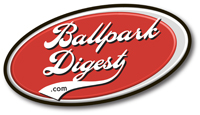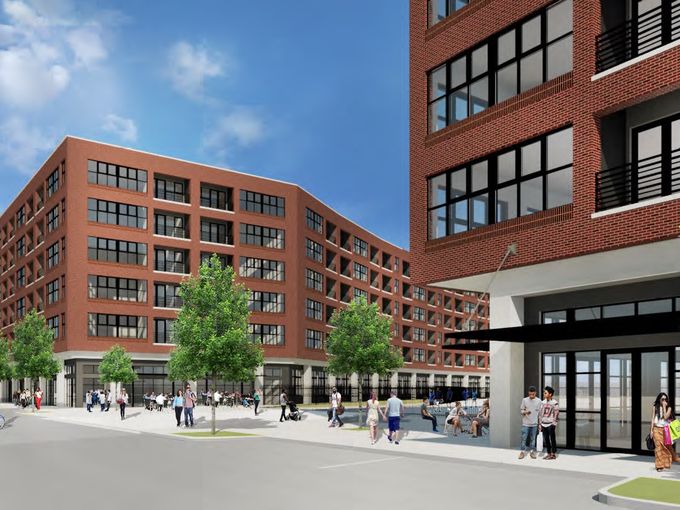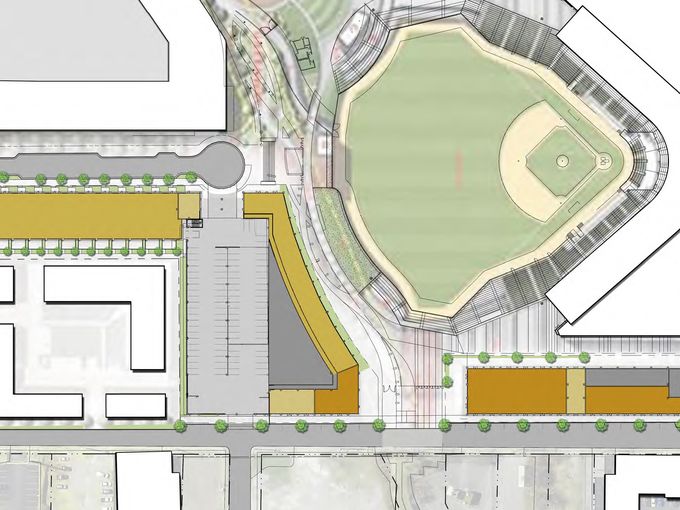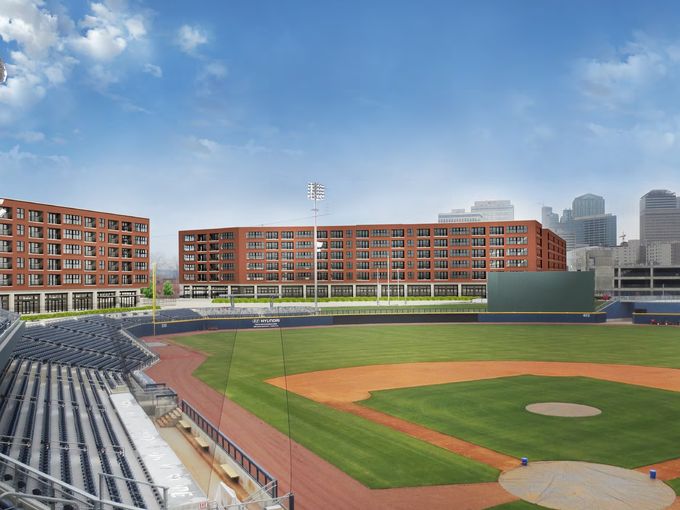A ballpark village encompassing some 400 apartments and 25,000 square feet of retail is being pitched for open space next to First Tennessee Park, home of the Nashville Sounds (Class AAA; Pacific Coast League).
Development has always been part of the game plan for the First Tennessee Park area, as the city targeted the region between Germantown and downtown as a prime spot for investment. That potential for development was built into the ballpark design, and while some of the development is already underway, more is planned.
The plan, pitched by Chris and Tim Ward, sons of Sounds owner Frank Ward, calls for two brick-clad buildings located beyond left field, adding housing with views of the game action to the mix. This is a definite trend; the Lansing Lugnuts (Low A; Midwest League) added outfield apartments to the ballpark mix this year. With new ballparks located in urban areas, increased density is usually seen as part of the mix. From the Tennessean:
The development team, Ward Brothers Development, is eyeing a groundbreaking in the fall on the project called “Ballpark Apartments” and an opening in spring 2018.
“This is truly an exciting day for us,” Chris Ward said in a statement. “The development of this site in close proximity to the park will help to further activate and enliven the adjacent neighborhood, and this will truly become the place to be in all of Nashville.”
David Powell, principal of Nashville-based Hastings Architecture Associates, said the project’s design team sought to play off the old warehouses of the nearby historic Germantown neighborhood. He also said they drew inspiration from Camden Yards, the home stadium of Major League Baseball’s Baltimore Orioles known for its iconic warehouse beyond right field and skyline view beyond left field.
“Anybody who’s been around architecture that has anything to do with baseball stadiums in the last 20 years knows that Camden Yards is the great precedent,” Powell said.
Frank Ward promised $50 million in private investment as part of the public financing plan for the $75 million ballpark, and this project would count toward that pledge. So, basically, the increased property taxes paid on this privately financed project will help pay for the new ballpark.
Images courtesy Hastings Architecture Associates.



